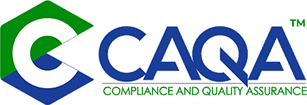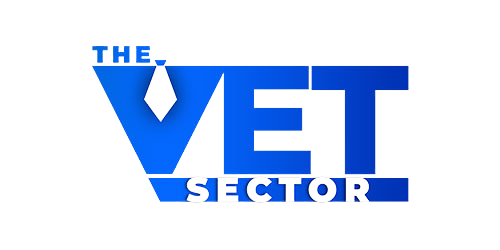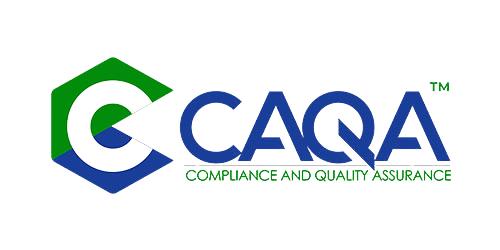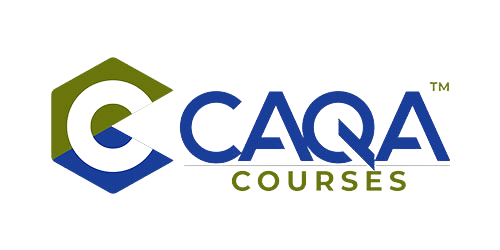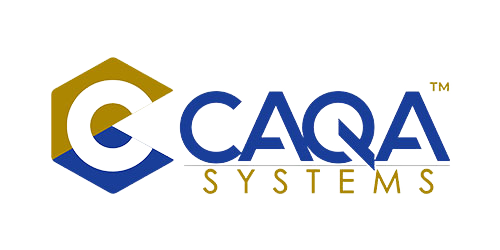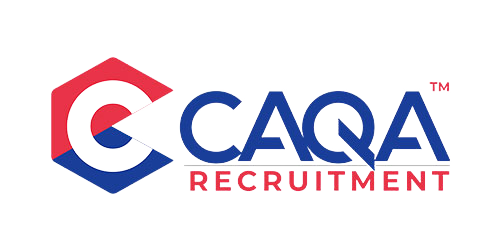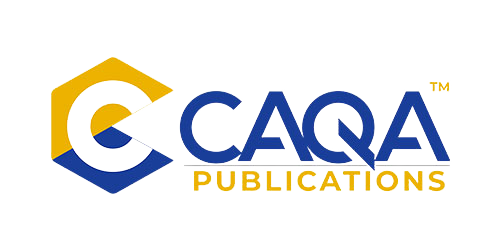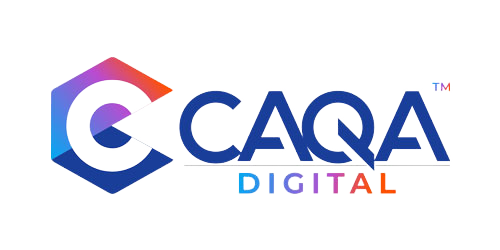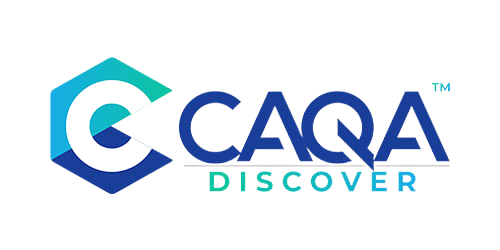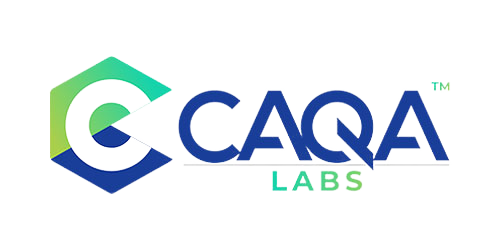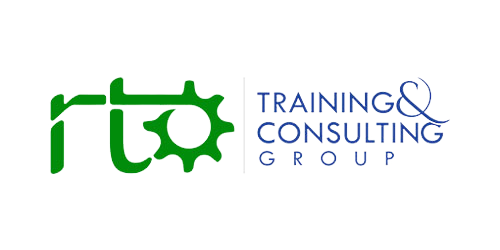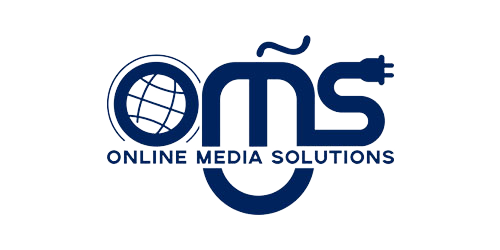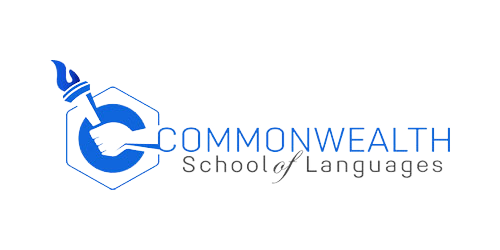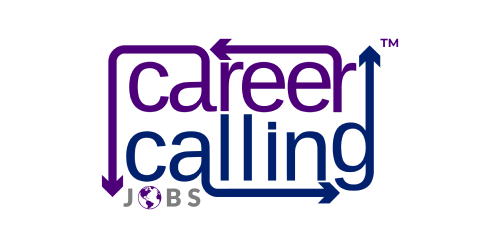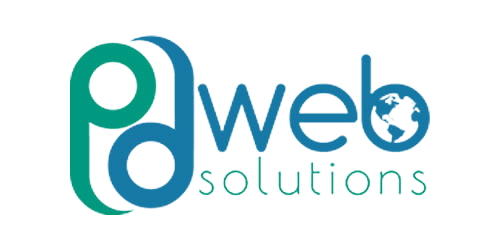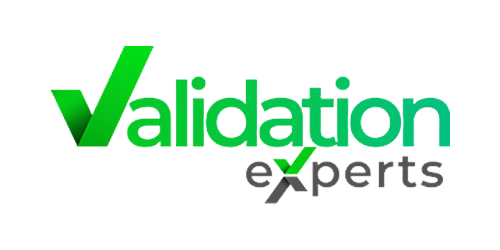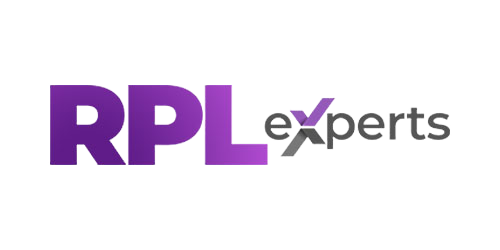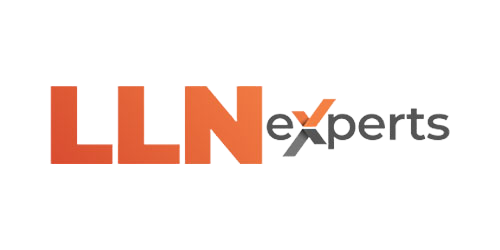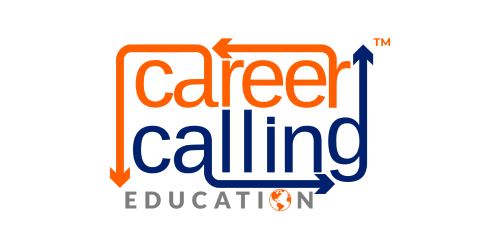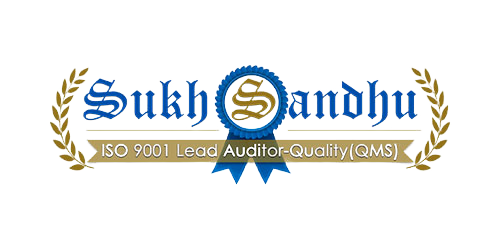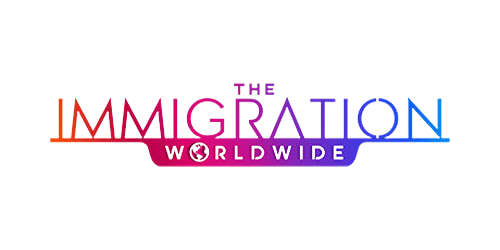THE END OF THE CHECKBOX ERA: WHY QUALITY CULTURE WILL REPLACE COMPLIANCE OBSESSION
The Australian vocational education landscape stands at the precipice of its most transformative philosophical shift in decades. While previous articles have explored the governance, integrity, regulatory, and implementation dimensions of the 2025 Standards, this fundamental truth remains: what we are witnessing is not merely a regulatory update but the controlled demolition of an entire compliance paradigm that has dominated the sector for more than a decade.
The Standards for RTOs 2025 represent a decisive break from the prescriptive, process-obsessed approach that reduced quality assurance to an administrative exercise in box-ticking. In its place emerges a radically different vision—one where RTOs are judged not by their ability to follow rigid procedural requirements but by their success in achieving meaningful outcomes for students, industry, and the broader community.
This shift from compliance documentation to quality demonstration demands not just operational adjustments but a fundamental reimagining of how RTOs conceptualise and integrate quality into their organisational DNA. Those that continue to approach the new standards through the old compliance lens will find themselves increasingly exposed, not just to regulatory action but to market irrelevance in a sector where genuine quality culture will become the defining competitive advantage.
THE PHILOSOPHICAL EARTHQUAKE: FROM PRESCRIPTION TO OUTCOMES
The most revolutionary aspect of the 2025 Standards lies in their basic orientation toward quality. This represents nothing less than a philosophical earthquake that will reshape every aspect of RTO operations.
THE PARADIGM INVERSION: MEANS VS. ENDS
Under the 2015 Standards, RTOs operated in a prescriptive environment where detailed procedural requirements dictated exactly how operations should be conducted. Success was defined by adherence to these prescribed processes, creating a mindset where the means (following procedures) became more important than the ends (quality outcomes).
The 2025 Standards invert this paradigm entirely:
-
Focus shifts from "Did you follow all the required steps?" to "Did you achieve the desired quality outcome?"
-
RTOs gain unprecedented flexibility in how they meet their obligations, provided they can demonstrate achievement of quality results
-
Documentation becomes evidence of outcomes rather than an end in itself
-
Innovation and continuous improvement replace rigid procedural adherence as markers of quality
This inversion challenges RTOs to rethink every aspect of their operations—from governance to assessment, from student support to workforce development—through the lens of outcomes rather than processes.
THE STRUCTURAL REVOLUTION: THREE PILLARS OF TRANSFORMATION
The very structure of the 2025 Standards reflects this philosophical shift. The new framework comprises three distinct but interconnected pillars:
-
Outcome Standards: The heart of the new regime, these define the quality outcomes RTOs must deliver, focusing on real-world impact rather than administrative consistency
-
Compliance Requirements: Operational and administrative obligations remain, but are streamlined and explicitly linked to quality outcomes, reducing unnecessary complexity
-
Credential Policy: A more flexible, pragmatic approach to trainer and assessor qualifications that emphasises capability over credentialism
This tripartite structure creates clarity around what truly matters—quality outcomes—while reducing the administrative burden that has often distracted RTOs from their core educational mission.
THE QUALITY TAPESTRY: FOUR INTERCONNECTED AREAS
Perhaps the most elegant aspect of the 2025 Standards is their organisation of outcome standards into four key quality areas that together form a tapestry of educational excellence:
-
Training and Assessment: Ensuring training is relevant, current, and meets industry needs—the core business of every RTO
-
Student Support: Providing tailored, proactive support to ensure all learners have the opportunity to succeed, regardless of background or circumstances
-
VET Workforce: Emphasising the capability and professional development of all staff, recognising that quality depends on people, not just processes
-
Governance: Embedding quality, integrity, and continuous improvement into leadership and organisational systems
This integrated approach recognises that quality is not compartmentalised but emerges from the alignment and interaction of these four critical domains. It challenges RTOs to think holistically about quality rather than treating it as a series of discrete compliance requirements.
THE SELF-ASSURANCE IMPERATIVE: INTERNAL EXCELLENCE OVER EXTERNAL VALIDATION
Perhaps the most profound operational shift demanded by the 2025 Standards is the elevation of self-assurance from an optional good practice to the cornerstone of quality management.
THE DEPENDENCY DISRUPTION: BREAKING THE AUDIT CYCLE
Under the 2015 Standards, many RTOs fell into a cyclical pattern of quality assurance driven primarily by external audit schedules. Quality activities would intensify before scheduled audits, only to diminish once the audit was complete, creating a roller-coaster approach to quality rather than sustained excellence.
The 2025 Standards disrupt this dependency on external validation by placing self-assurance at the centre of quality management:
-
RTOs must continuously and critically examine their own performance
-
Quality gaps must be identified and addressed proactively, not just in response to audit findings
-
The organisation must generate its own evidence of quality, not wait for auditors to test compliance
-
A culture of ongoing reflection and improvement must replace periodic compliance pushes
This shift demands much greater organisational maturity, with quality becoming a continuous practice rather than an occasional event.
THE MATURITY MODEL: FROM REACTIVE TO GENERATIVE
The transition to self-assurance can be understood as a journey through increasing levels of organisational quality maturity:
-
Level 1: Reactive - Quality is addressed only when problems arise or audits approach
-
Level 2: Compliant - Systems exist to meet regulatory requirements, but are seen as separate from core operations
-
Level 3: Integrated - Quality practices are embedded in daily operations and actively managed
-
Level 4: Proactive - The organisation regularly seeks out quality gaps and opportunities for improvement
-
Level 5: Generative - Quality and innovation are inseparable, with continuous improvement driving competitive advantage
The 2025 Standards effectively require RTOs to operate at Levels 3-5, with self-assurance becoming not just a compliance function but a strategic capability that drives organisational excellence.
THE CONTINUOUS CYCLE: PLAN-DO-CHECK-ACT IN PRACTICE
At the heart of effective self-assurance lies the continuous improvement cycle of Plan-Do-Check-Act (PDCA), which must become embedded in every aspect of RTO operations:
-
Plan: Establish objectives and processes necessary to deliver quality outcomes
-
Do: Implement the processes while collecting data for analysis
-
Check: Study the actual results against expected outcomes to identify gaps
-
Act: Take actions to close gaps and improve future performance
Under the 2025 Standards, auditors may expect to see evidence that this cycle operates continuously across all quality areas—not just in theory but in documented practice that demonstrates how quality issues are identified, addressed, and prevented from recurring.
THE LEADERSHIP MANDATE: CULTIVATING QUALITY FROM THE TOP DOWN
The 2025 Standards place unprecedented responsibility on RTO leadership to create and sustain a culture where quality and continuous improvement are valued at every level of the organisation.
THE CULTURAL ARCHITECTURE: BUILDING QUALITY INTO ORGANIZATIONAL DNA
Leaders must now function as cultural architects, deliberately designing and nurturing an organisational environment where quality is everyone's responsibility, not just the domain of compliance managers. This includes:
-
Articulating a clear vision of quality that connects to the organisation's purpose and values
-
Modelling quality consciousness through their own actions and decisions
-
Allocating adequate resources to quality systems and improvement initiatives
-
Recognising and rewarding quality contributions from staff at all levels
-
Creating psychological safety that enables honest reporting of quality issues
This cultural dimension represents one of the most challenging aspects of the transition, as it requires not just procedural changes but shifts in mindsets, values, and organisational norms.
THE ACCOUNTABILITY CASCADE: RESPONSIBILITY AT EVERY LEVEL
Quality under the 2025 Standards cascades through every level of the organisation, with clear lines of accountability from the boardroom to the classroom:
-
Governing Bodies: Set strategic quality direction and ensure adequate resources
-
Executives: Develop and oversee quality systems and foster quality culture
-
Managers: Implement quality practices and support staff in quality initiatives
-
Trainers/Assessors: Deliver quality educational experiences and valid assessments
-
Support Staff: Ensure quality in student services and administrative processes
-
All Staff: Identify improvement opportunities and uphold quality standards
This distributed accountability means that every position description should explicitly include quality responsibilities, and every staff member should understand their role in the quality ecosystem.
THE ENGAGEMENT IMPERATIVE: CREATING QUALITY OWNERSHIP
Perhaps the most critical leadership challenge is creating genuine quality ownership throughout the organisation. This requires:
-
Regular quality-focused meetings with structured agendas covering compliance, risk, and improvement
-
Open communication about quality issues, expectations, and achievements
-
Staff involvement in quality improvements that affect their work
-
Recognition and celebration of quality contributions and achievements
-
Ongoing professional development that builds quality capability across all roles
RTOs that succeed in creating this sense of collective ownership will find the transition to the new standards far less disruptive than those where quality remains the isolated domain of compliance specialists.
THE STUDENT-CENTERED SHIFT: WELLBEING AS A QUALITY CORNERSTONE
One of the most significant expansions in the 2025 Standards is the explicit focus on student wellbeing, including mental health support. This represents a profound shift from viewing students primarily as educational consumers to recognising them as whole people whose success depends on comprehensive support.
THE WELLBEING REVOLUTION: BEYOND ACADEMIC SUPPORT
The new standards demand that RTOs address student wellbeing in ways that go beyond traditional academic support services:
-
Clear, accessible information about support services must include wellbeing and mental health resources
-
Support services must be tailored to diverse student cohorts, recognising different needs and challenges
-
Proactive rather than reactive approaches are expected, with early identification of students who may need additional support
-
The connection between well-being and educational success must be explicitly recognised and addressed
This expansion challenges RTOs to develop more sophisticated approaches to student support that address the full range of factors affecting learning outcomes.
THE TAILORED APPROACH: SEGMENTATION AND PERSONALISATION
The one-size-fits-all approach to student support is explicitly rejected by the 2025 Standards, which expect RTOs to:
-
Analyse the specific needs of different learner cohorts, such as international students, apprentices, or those with disabilities
-
Develop targeted support strategies that address the particular challenges faced by each group
-
Ensure culturally appropriate support for First Nations learners and those from diverse backgrounds
-
Adapt support approaches as student' needs evolve throughout their learning journey
This segmented approach requires more sophisticated systems for identifying student needs, allocating support resources, and monitoring the effectiveness of interventions.
THE INNOVATION OPPORTUNITY: REIMAGINING STUDENT SUPPORT
While the expanded wellbeing focus creates new compliance challenges, it also opens significant opportunities for innovation in student support:
-
Digital platforms can provide 24/7 access to resources and initial support
-
Peer mentoring programs can create sustainable support networks
-
Partnerships with specialised services can extend the RTO's support capabilities
-
Preventative approaches can address potential issues before they impact learning
RTOs that approach student wellbeing as an opportunity for innovation rather than just a compliance requirement will likely discover that improved support translates directly to better educational outcomes and student satisfaction.
THE WORKFORCE REVOLUTION: CAPABILITY BEYOND CREDENTIALS
The 2025 Standards recognise that quality ultimately depends on people—their capabilities, engagement, and ongoing development. This is reflected in a significant expansion of professional development expectations to encompass all staff, not just trainers and assessors.
THE INCLUSIVE DEVELOPMENT: BEYOND TRAINER QUALIFICATIONS
Under the new standards, professional development becomes an organisation-wide imperative:
-
Administrative staff require training in compliance, student support, and quality systems
-
Leadership needs development in governance, risk management, and cultural stewardship
-
Support staff must understand referral pathways, privacy requirements, and inclusive practice
-
Trainers and assessors continue to need both vocational and educational currency
This inclusive approach recognises that quality outcomes depend on the capability of every person in the organisation, not just those directly involved in training delivery.
THE CREDENTIAL EVOLUTION: CURRENCY OVER CERTIFICATION
One of the most practical changes in the 2025 Standards is the revised approach to trainer and assessor qualifications:
-
Trainers are no longer required to upgrade to the latest qualification if they maintain currency through ongoing professional development
-
The focus shifts from formal qualification renewal to demonstrated contemporary knowledge and skills
-
Professional development becomes evidence of currency rather than just a compliance requirement
-
The artificial division between having a qualification and being current is replaced by a more integrated view of capability
This approach normalises the expectation that skills and knowledge are kept current, valuing demonstrated capability over credential collection.
THE STRUCTURED DEVELOPMENT: FROM AD HOC TO SYSTEMATIC
The 2025 Standards create pressure for more systematic approaches to professional development:
-
Comprehensive PD plans that include all staff and align with strategic priorities
-
Role-specific training tailored to the particular quality contributions of each position
-
Clear accountability for planning, delivering, and evaluating development activities
-
Evidence that professional development translates into improved practice and outcomes
Some in the sector are advocating for a more structured approach, such as point systems or minimum hours, to ensure that professional development is substantive and meaningful rather than tokenistic.
THE AUDIT EVOLUTION: FROM COMPLIANCE TESTING TO QUALITY DIALOGUE
While the regulatory approach shifts toward greater flexibility and outcomes focus, audits remain a critical quality assurance mechanism. However, their nature and focus are evolving significantly.
THE EVIDENCE REVOLUTION: DEMONSTRATING QUALITY OUTCOMES
Under the 2025 Standards, audit evidence requirements shift from documentation of processes to demonstration of outcomes:
-
RTOs must show not just what they do, but why and how it achieves quality results
-
Evidence should include data on student outcomes, industry feedback, and continuous improvement
-
The connection between quality systems and quality results must be explicit and demonstrable
-
Evidence should reflect the reality of practice, not just the theory of policy
This shift challenges RTOs to develop more sophisticated approaches to capturing and presenting evidence that genuinely reflects their quality achievements.
THE CONSISTENCY CHALLENGE: NAVIGATING INTERPRETATIVE SPACE
The more flexible, outcomes-focused approach of the 2025 Standards creates greater interpretive space for both RTOs and auditors. This has significant implications:
-
Audit experiences may vary more widely as auditors apply different lenses to outcome achievement
-
RTOs must prepare for a range of audit scenarios and perspectives
-
Clear articulation of how practices achieve quality outcomes becomes critical
-
Evidence must be robust enough to satisfy different interpretations of the standards
This variability represents both a challenge and an opportunity, allowing for greater innovation but requiring stronger rationales for quality approaches.
THE RISK-BASED APPROACH: PROPORTIONATE SCRUTINY
The 2025 Standards encourage a more risk-based approach to regulation, with scrutiny proportionate to risk levels:
-
High-risk RTOs and courses may face more intensive audit activity
-
Low-risk, high-performing providers may experience lighter-touch regulation
-
Risk levels may be determined by factors such as student outcomes, complaint patterns, and compliance history
-
RTOs can influence their risk profile through effective self-assurance and quality outcomes
This approach promises to focus regulatory resources where they are most needed while rewarding RTOs that demonstrate consistent quality performance.
THE TECHNOLOGY ENABLER: DIGITAL TOOLS FOR QUALITY ASSURANCE
The 2025 Standards coincide with rapid technological advancement that offers new possibilities for quality management and evidence collection.
THE DIGITAL ACCELERATION: LEVERAGING NEW CAPABILITIES
Forward-thinking RTOs are harnessing technology to transform their approach to quality and compliance:
-
AI-powered tools can streamline documentation, process mapping, and evidence organisation
-
Digital platforms make policies, procedures, and support resources more accessible
-
Learning analytics provide real-time insights into student engagement and progress
-
Automated workflows can trigger quality interventions based on predefined indicators
These technological capabilities offer the potential to make quality management more efficient, effective, and integrated into daily operations.
THE EVIDENCE REVOLUTION: DIGITAL TRAIL AND REAL-TIME INSIGHT
Technology is transforming how quality evidence is collected, organised, and presented:
-
Digital systems create automatic audit trails of key quality activities
-
Real-time dashboards provide visibility of quality metrics and trends
-
Integrated platforms link planning, implementation, and evaluation data
-
Cloud-based repositories ensure evidence is always accessible and up to date
These capabilities address one of the most persistent challenges of the compliance era—the administrative burden of evidence collection and management.
THE INNOVATION ENABLER: BEYOND TRADITIONAL APPROACHES
The 2025 Standards' focus on outcomes rather than prescribed processes creates space for technological innovation in core RTO functions:
-
Virtual and augmented reality can enhance practical skill development
-
Adaptive learning systems can personalise training paths
-
Digital simulations can provide safe environments for high-risk skill practice
-
AI-assisted assessment can improve consistency and reduce administrative load
RTOs that harness these technologies effectively may gain significant advantages in both quality outcomes and operational efficiency.
THE STRATEGIC IMPERATIVE: BEYOND COMPLIANCE TO COMPETITIVE ADVANTAGE
The transition to the 2025 Standards represents more than a compliance challenge—it offers a strategic opportunity for RTOs to differentiate themselves in an increasingly competitive market.
THE STREAMLINING BENEFIT: EFFICIENCY THROUGH CLARITY
The shift from prescriptive compliance to outcome focus creates opportunities to streamline operations:
-
Documentation can be simplified and focused on what truly matters
-
Processes can be redesigned for effectiveness rather than compliance
-
Resources can be redirected from administrative documentation to quality improvement
-
Staff can focus on adding value rather than ticking boxes
This streamlining represents a potential efficiency dividend that could offset the initial costs of transition.
THE ENGAGEMENT DEEPENER: MEANINGFUL CONNECTIONS
The outcome focus of the new standards encourages deeper engagement with key stakeholders:
-
Student feedback becomes a critical input to quality improvement rather than just a compliance requirement
-
Industry partnerships evolve from advisory to collaborative, with shared ownership of training quality
-
Staff engagement deepens as quality becomes meaningful rather than bureaucratic
-
Community connections strengthen as RTOs focus on real-world outcomes and impacts
These enhanced relationships can create strategic advantages that extend far beyond regulatory compliance.
THE CULTURE CATALYST: TRANSFORMATIVE POTENTIAL
Perhaps most significantly, the new standards can catalyse broader cultural transformation:
-
The shift from compliance to a quality mindset can energise and unite the organisation
-
The focus on outcomes can reconnect staff with the purpose and impact of their work
-
The integration of quality into everyday practice can reduce the artificial division between "real work" and "compliance work"
-
The emphasis on continuous improvement can foster innovation and adaptability
RTOs that approach the standards as a transformation opportunity rather than a compliance burden will position themselves for long-term success in the new quality paradigm.
CONCLUSION: EMBRACING THE QUALITY REVOLUTION
The Standards for RTOs 2025 represent nothing less than a quality revolution for Australia's vocational education sector. The shift from prescriptive compliance to outcome-based quality challenges every RTO to fundamentally rethink how they conceptualise, implement, and evidence quality in their operations.
This transformation demands more than procedural changes—it requires new mindsets, capabilities, and organisational cultures. RTOs must evolve from compliance-driven organisations to quality-focused learning communities where continuous improvement is not a separate activity but the way business is done.
Those that rise to this challenge will discover that the new standards offer not just a different regulatory framework but a pathway to educational excellence and organisational distinction. By embracing self-assurance, fostering quality culture, supporting student wellbeing, developing workforce capability, and leveraging technology, RTOs can move beyond compliance to create genuine value for students, industry, and the broader community.
The countdown to July 2025 continues, but the quality revolution has already begun. The future belongs to those RTOs that recognise this moment not just as a regulatory hurdle but as an invitation to reimagine what vocational education can and should be in 21st-century Australia.
